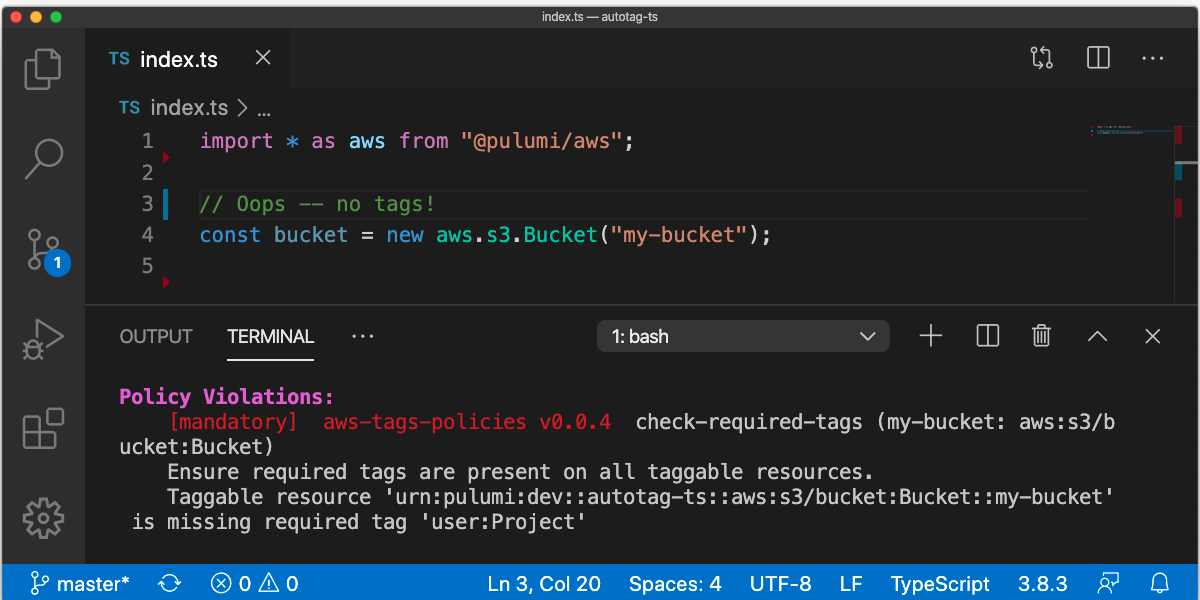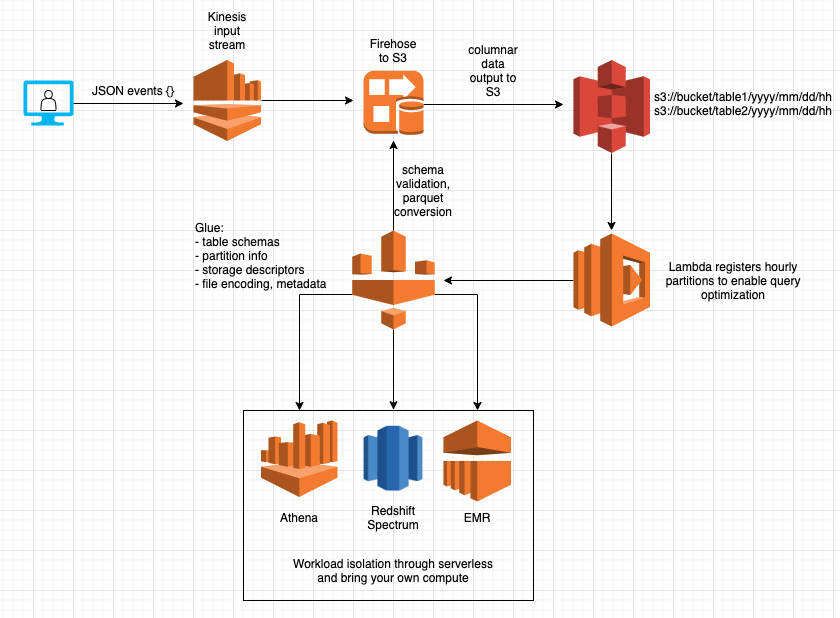Controlling AWS Costs with Pulumi and AWS Lambda

Due to the nature of the product we build, the Pulumi team needs to have access to several cloud providers to develop and test the product. An increasing number of cloud providers comes with an associated ever-increasing cost.








